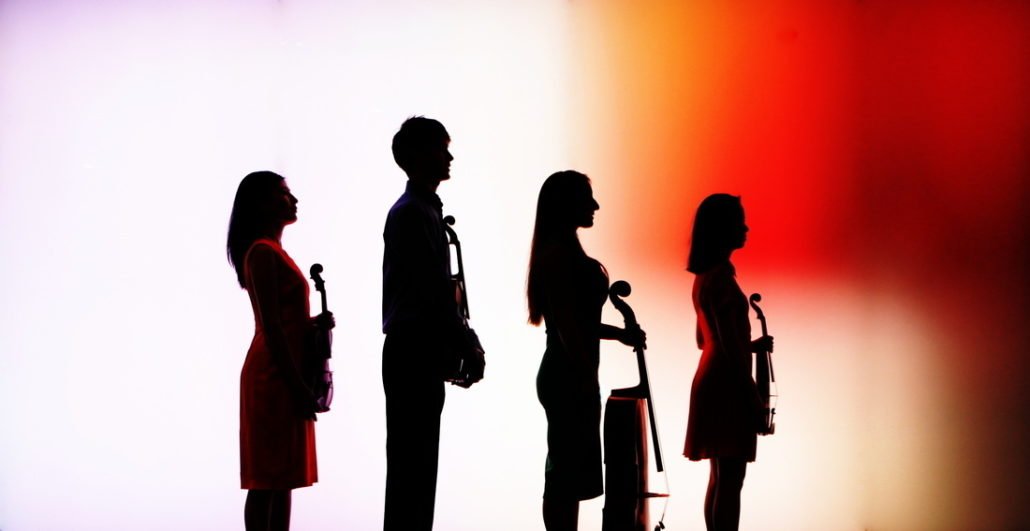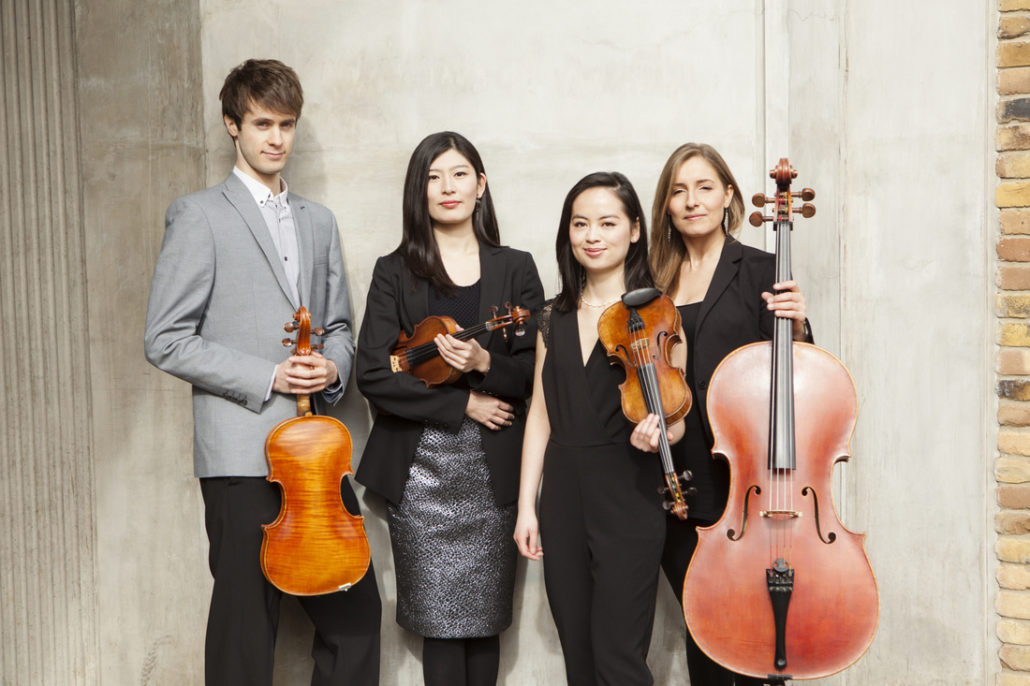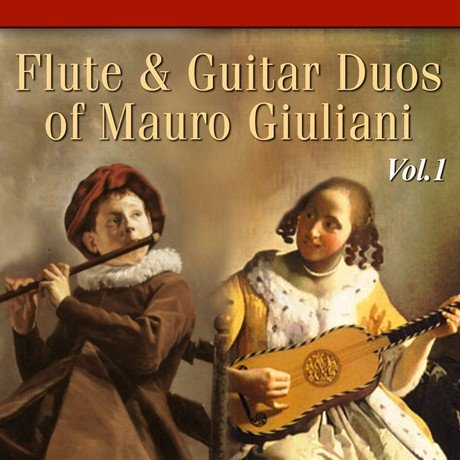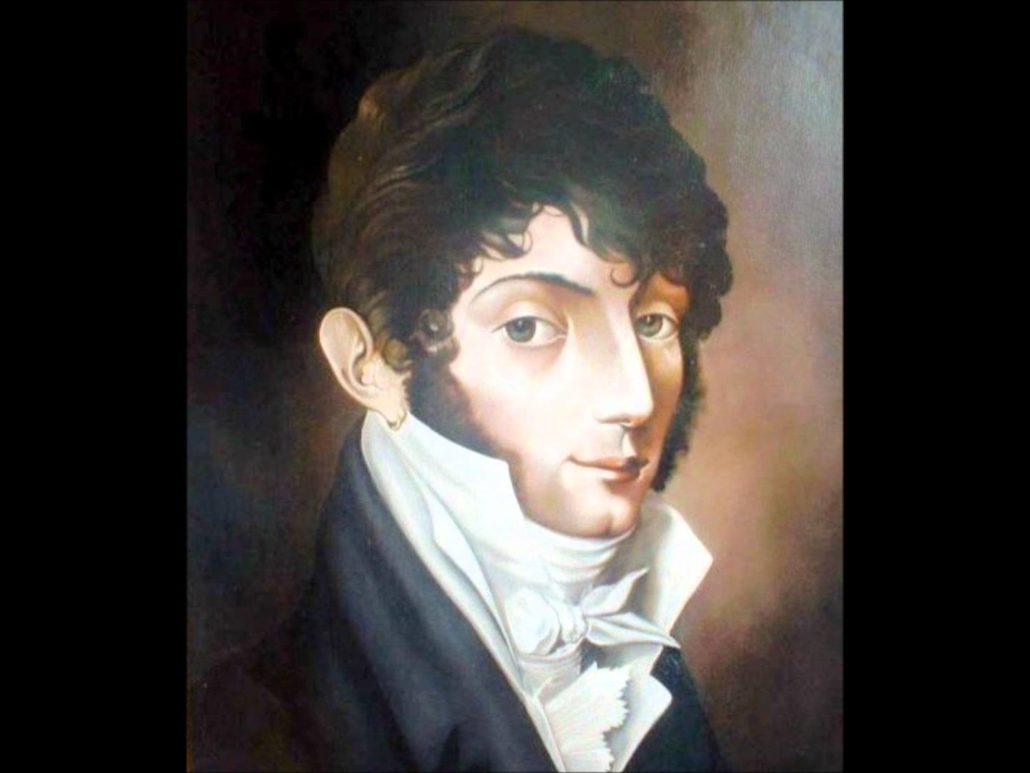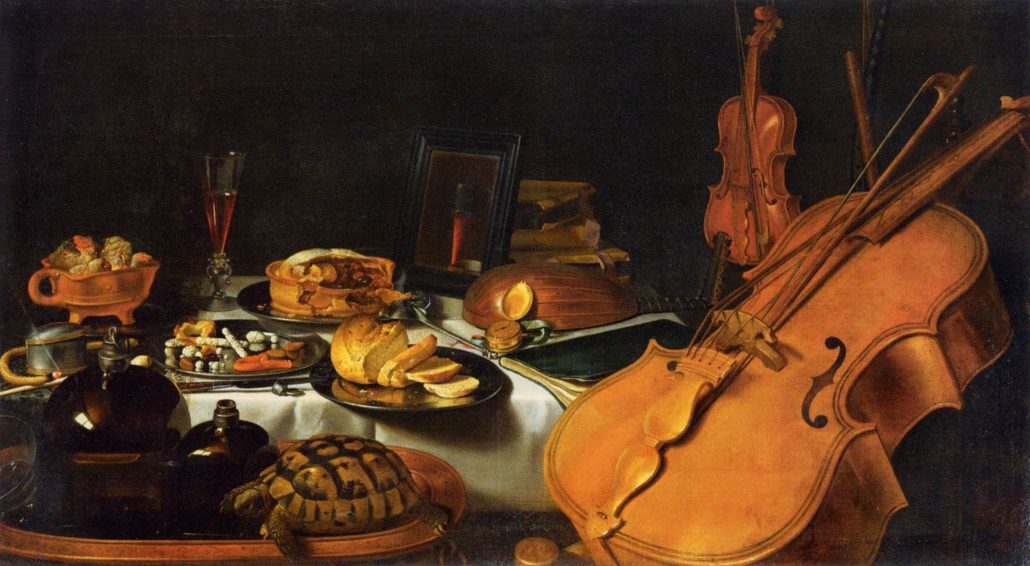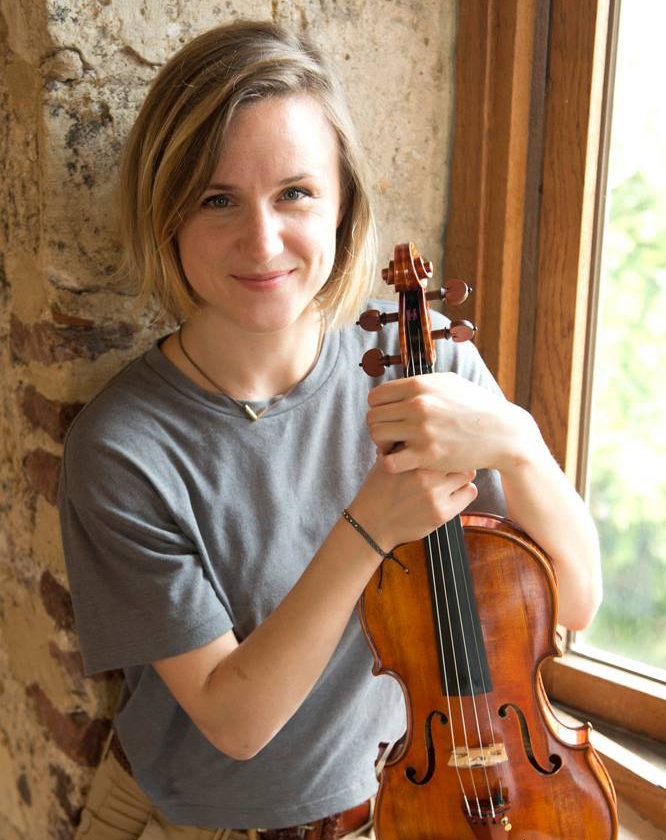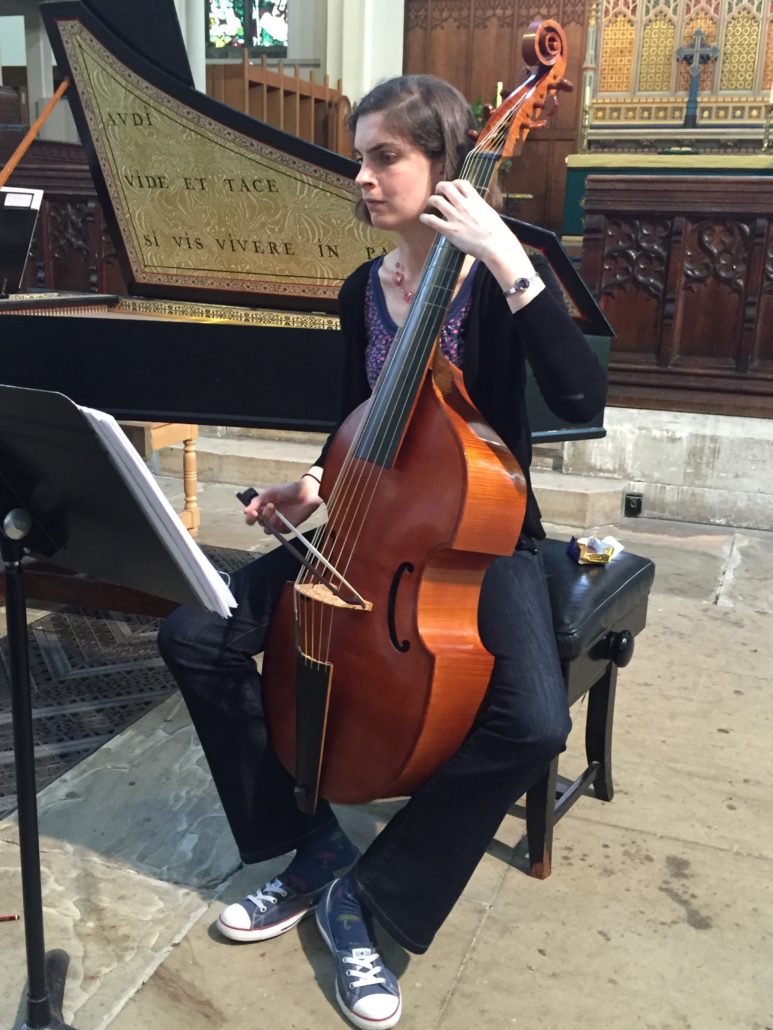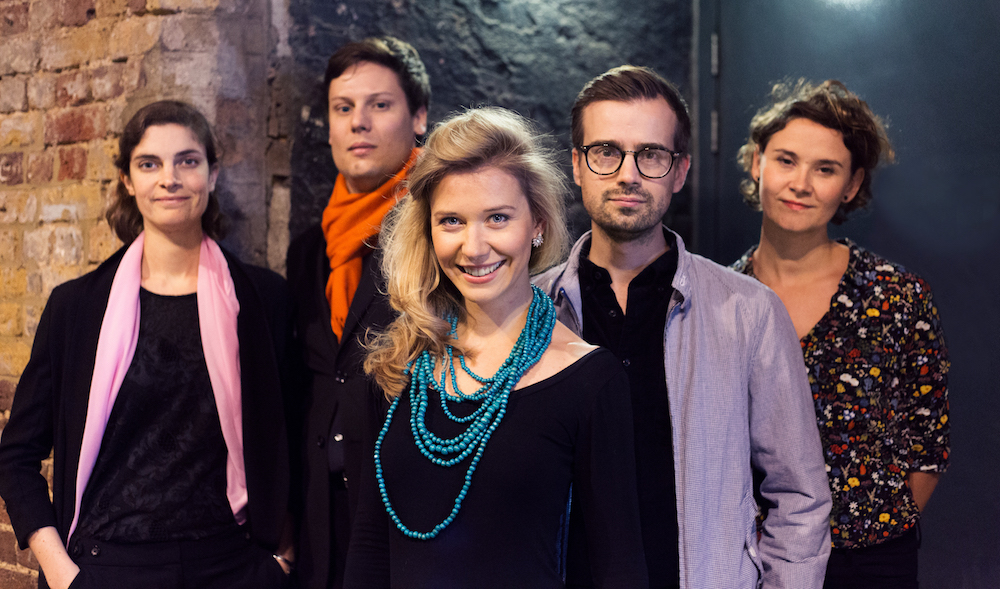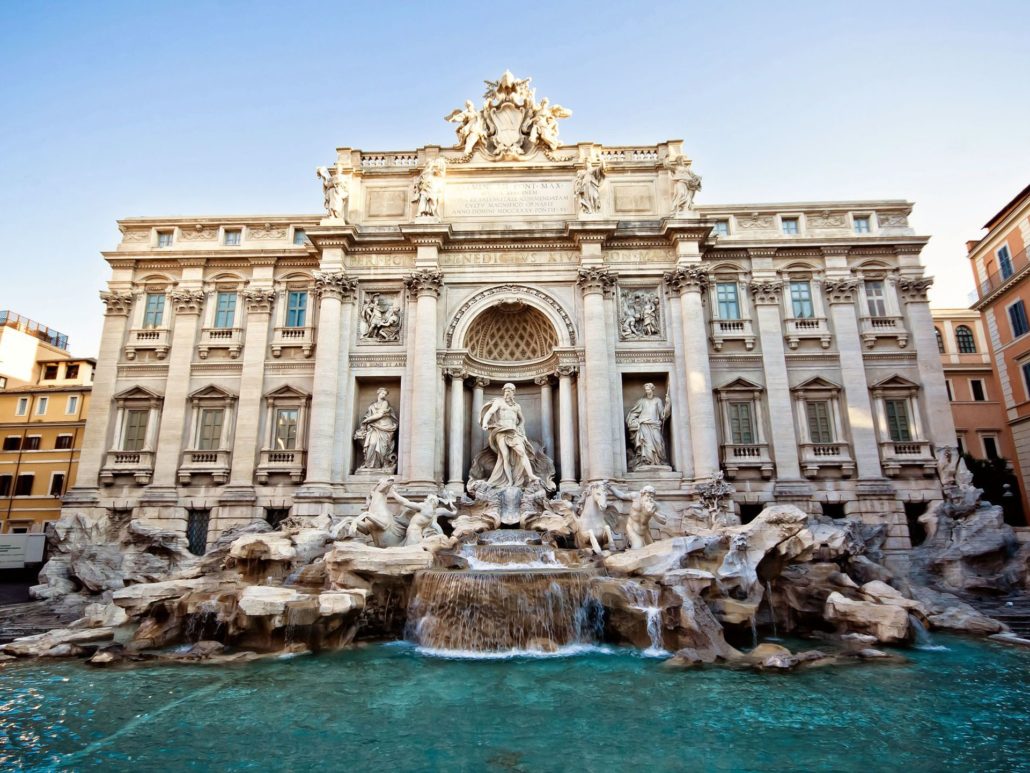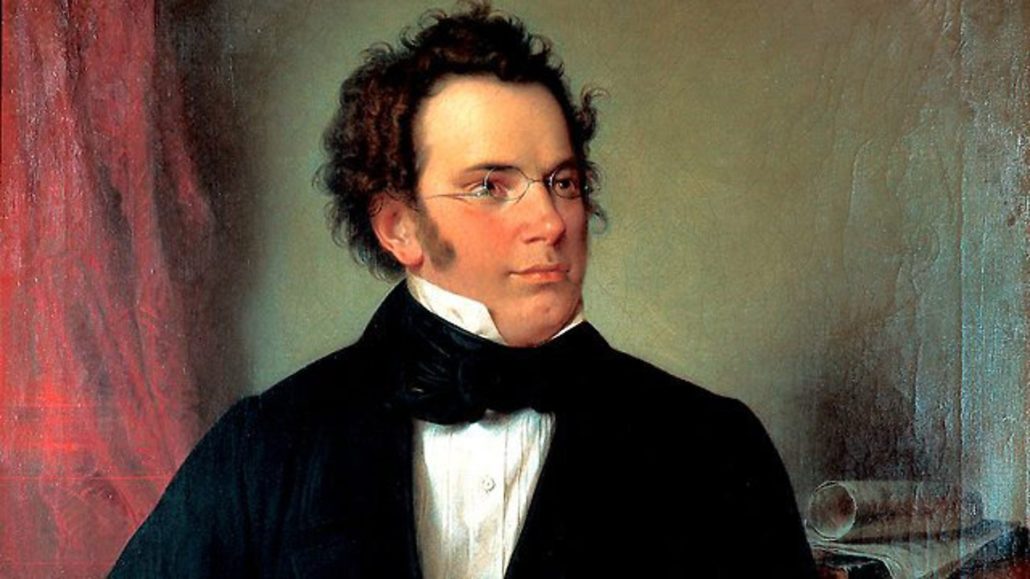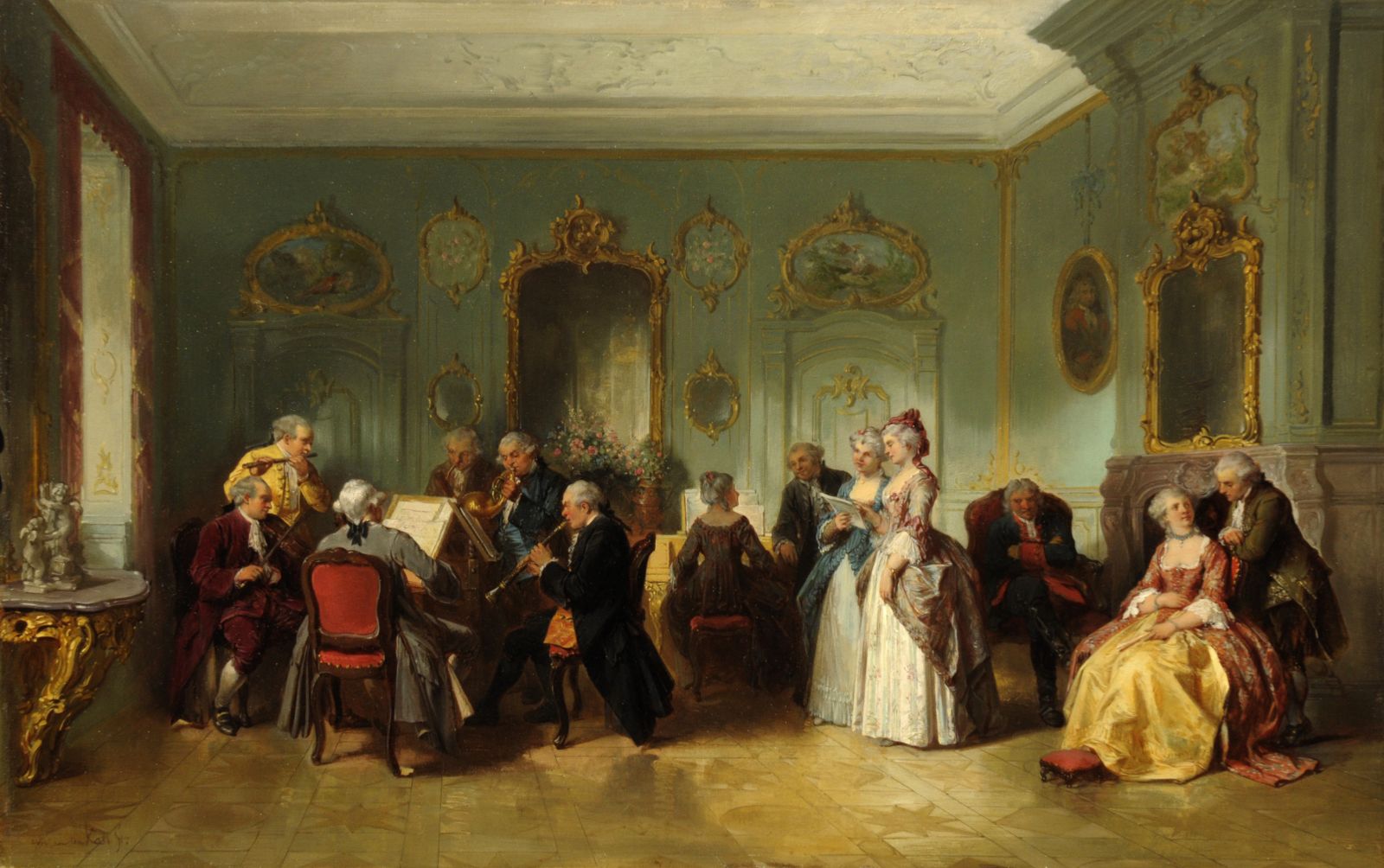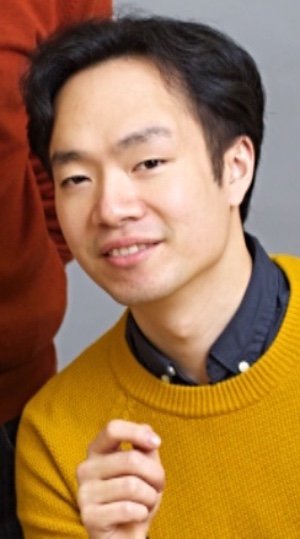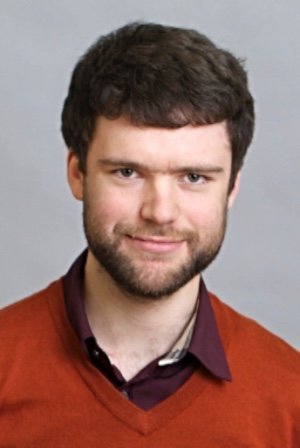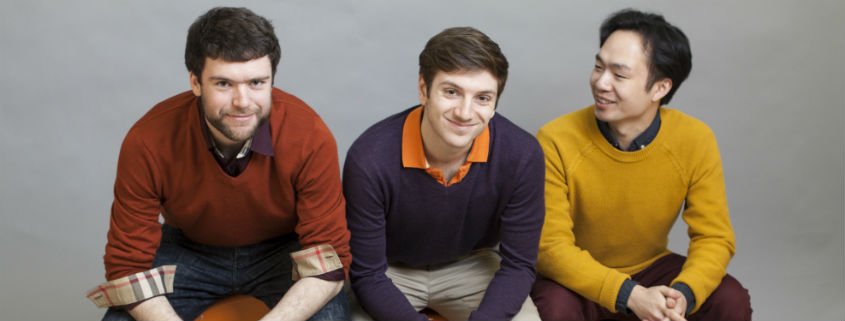Meet the Dulcinea Quartet
Saturday 11 November is the date when The Dulcinea String Quartet come to Bath for a fabulous evening of Haydn, Schubert, Mendelssohn and Barber. Let’s meet the musicians…

Minn Majoe
Minn Majoe
Minn studied with Maurice Hasson and Clio Gould at the RAM. Highlights of her solo career include performing Bruch’s Scottish Fantasy with the Arch Sinfonia and leading the 2014 Lucerne Festival Academy Orchestra. She has also worked with many UK orchestras including the Royal Liverpool Philharmonic Orchestra, London Philharmonic Orchestra, Britten Sinfonia, Royal Philharmonic Orchestra, City of Birmingham Symphony Orchestra and English National Opera.

Haru Ushigusa
Haru Ushigusa
Hara studied in her native Japan and at the RAM with Tomotada Soh and Jyunko Isono. During her studies at RAM she was awarded the James Wright Award and Foundation Award 2011. Haru was selected for the semi-final of the Sendai International Music Competition 2013 performing Bartok and Mozart 2nd Violin Concerto with Sendai Philharmonic Orchestra. She is also a prize winner of Ibaraki Shinjin Prize 2014.

Martin Wray
Martin Wray
Martin studied at the Guildhall School of Music with Mark Knight and at the RAM with Martin Outram. He also studied with quartets including the Belcea, Endellion and Chilingirian, and with Tatjiana Masurenko and Maxim Vengerov. An experienced orchestral player, Martin has performed with the BBC Scottish Symphony Orchestra, Rambert Ballet, the Royal Philharmonic concert Orchestra and the London Philharmonic Orchestra. Martin was a member of the London Philharmonic Orchestra’s Foyle Future Firsts scheme.

Kirsten Jenson
Kirsten Jenson
Kirsten studied at the Guildhall School of Music with Louise Hopkins and Leonid Gorokhov. Johannes Goritzki’s invitation to join his class led her to transfer to the Royal Scottish Academy. During her time in Glasgow she performed the Schumann Cello Concerto with the BBC Scottish Symphony Orchestra. After winning numerous international prizes and awards Kirsten has been cellist with the Fontanelli Quartet, has played with the Orchestra della Valle d’Itria, the Orchestra della Svizzera Italiana and has released two albums as cellist of the Ragazze Quartet in Holland.
DULCINEA STRING QUARTET
Saturday 11 November, 7.30pm
Old Theatre Royal, Bath
Programme
Josef Haydn String Quartet op.74 no.3 ‘Rider’
Samuel Barber String Quartet
Franz Schubert Quartettsatz D 703
Felix Mendelssohn String Quartet no.2 in A minor op.13


